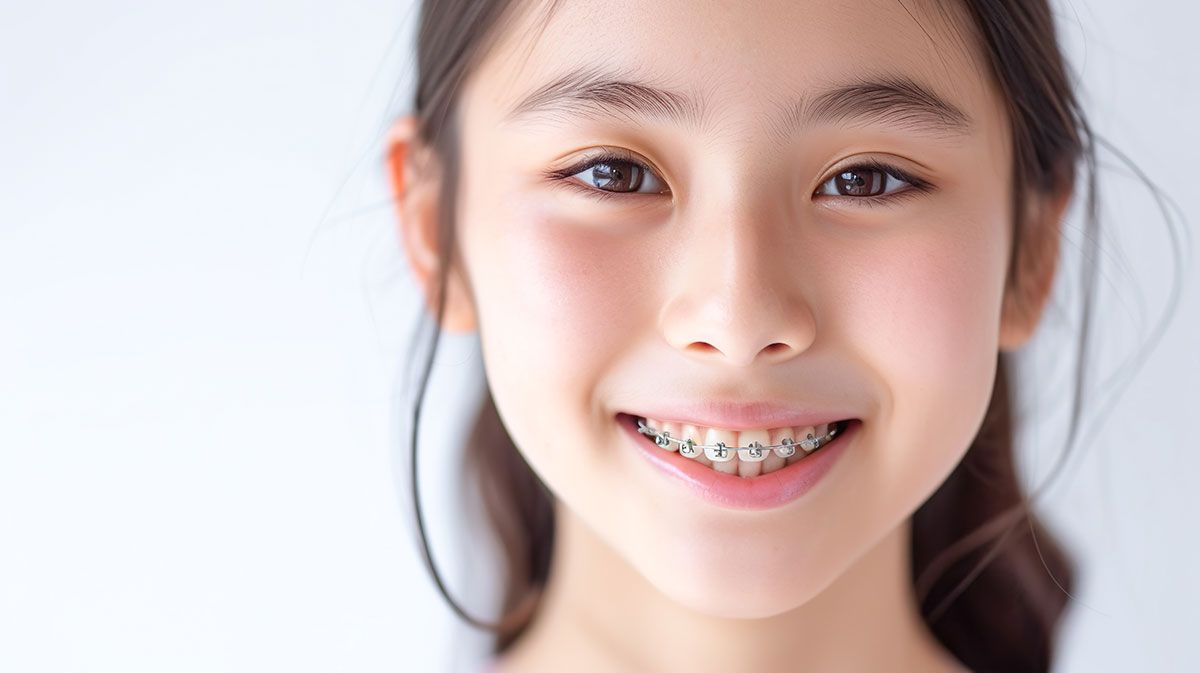Most people don’t realize that getting orthodontic treatment is a step towards not only better dental health but also overall physical health and well-being.
Orthodontics is not just a cosmetic treatment aimed to make you more beautiful, however it doesn't hurt when that goal is achieved right?!
Apart from giving you that perfect smile to flaunt, orthodontics is also responsible for:
Improved Functionality
People with a bad bite or crooked teeth often struggle with biting and chewing food. Orthodontic treatment takes care of all that and more, giving you an opportunity to eat healthy and right without any effort.
위생 개선
Well aligned and straight teeth make effective brushing and flossing a breeze. They are easier to take care of and also require less maintenance than overly crowded or misaligned teeth.
Improved Protection
Teeth that are in their proper place do not harbor as many microbes as there are lesser nooks and corners for them to hide. Naturally, with orthodontic treatment comes the added advantage of healthier gums, fewer cavities and better periodontal health.
Reduced Grinding
Tired of grinding and clenching your teeth so often, that it’s become a habit? Orthodontic treatment will put a stop to that along with the chipping of tooth surfaces that occurs with it.
Improved Safety
Teeth protruding outwards are a disaster waiting to happen, especially on the playground! Such children have 10 times more predilection for dental trauma while playing or a fall than children with straighter teeth.
Sinus Relief
Teeth that are misaligned can constrict your airways and create problems with your sinuses. Orthodontic treatment can align your teeth to clear the passages and help you breathe more comfortably.
Long Lasting Effects
The best advantage of orthodontic treatment is easy maintenance of your teeth throughout life. Teeth that are free of decay and gum diseases will stay longer in the mouth, hence delaying the need for implants or dentures in the future.
Another misconception in people’s minds is that there is an
“AGE” to get orthodontic treatment. Guess what, you’re never too young or too old to want to take care of your teeth! An orthodontist is trained to predict future problems when you’re a young child and also treat established problems in older adults who may have neglected their teeth back in the day.
What are the basic differences of Orthodontic Treatments for Children and Adults?
As the age old saying goes, Prevention is always, always better than cure. Going to an orthodontist early opens a myriad of options for a young child. Having early intervention in the form of appliances such as face masks, head gears and expander plates may completely remove the need for getting extensive treatment with braces or aligners later in life.
This also gives the opportunity to get treatment done without having your teeth pulled out! All this easily translates into reduced treatment time and hence treatment cost as well.
Stage of Development
A big difference between orthodontic treatment in adults and paediatric orthodontic treatment in children deals with the fact that, while adult teeth and jaws are fully developed, children’s teeth and jaws are still growing.
Because the younger patients are still in the process of oral growth, it is much easier to make alignment adjustments to their teeth and jaws as a specialist orthodontist can use this to their aid.
By the time they have reached adulthood, the bones of the adults are hardened and the tissues around the teeth are set in with the teeth’s current positions. This may require more extensive or sometimes even surgical treatment.
Correcting Overjet / Overbite
As these are the most commonly presented problems in any population, it is better to get a head start. If someone has an overbite, the condition might be made worse as they continue to wear down their teeth over the years.
Children, on the other hand, are still young and developing so their teeth have not been worn down as they have aged. An orthodontist can focus their care on perfecting their bite as opposed to merely creating a functional bite.
Past Dental treatment
As adults there are greater chances of decayed teeth which may have led to extractions in the past. Such gaps make orthodontic treatment difficult. There may also arise a need for grafts as the bone may have become very weak and thin over the years.
Children typically do not present with such problems especially if they keep up with their regular dental check-ups and visits.
Esthetics
For children, wearing braces may be a nuisance especially if they are mocked by their peers in school for the same. However with counselling (and a few colored rubber bands!) children can be convinced.
Adults on the other hand, may feel a little self-conscious owing to society and its standards. The invention of clear aligners has largely helped combat that stigma. As adults are usually self-motivated, they are usually more compliant with the treatment.
Health Disorders
Children overall are more hardy and resistant to health problems that adults might face. Adult teeth are more prone to root resorption, weakening the anchorage of teeth as well as TM Joint disorders that may make
orthodontic treatment more difficult and complex.
Results
Older patients, being more responsible and receptive to treatment will generally achieve more outstanding results as compared to children who might be getting treatment only because of their parents’ pressure. Orthodontics requires long time retainer wear with which children may not be as responsible, leading to some amount of relapse as they grow older.
Children may not be able to follow through with treatments if they migrate due to school or college. Adults' lives are usually more stable and established hence easier to complete the full scope of treatment to get the results desired by the orthodontist.
So, if you or your child are suffering from a bad bite and the many problems it brings along with, do not hesitate to schedule a consultation with a specialist orthodontist at the earliest! You will be surprised at the various modalities of treatments and number of options available today to suit everyone!
The benefits of orthodontic treatment last a lifetime and are a great investment regardless of age. The confidence from a beautiful smile is hard to measure when it comes to smiling for that perfect moment! Well, with just a little effort on your part and a lot of skill on an orthodontist’s part achieving it is entirely possible!







